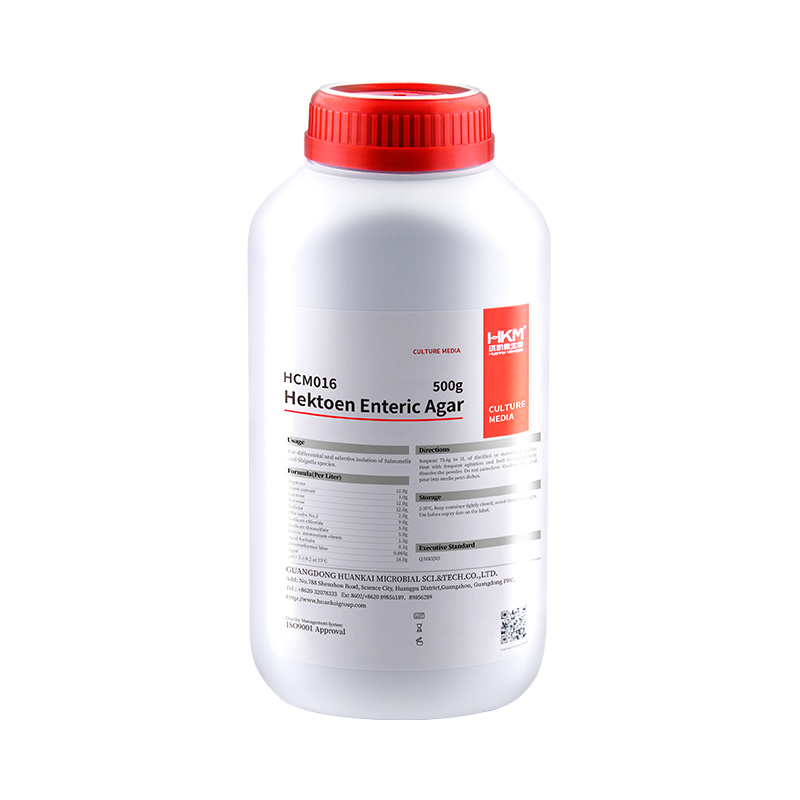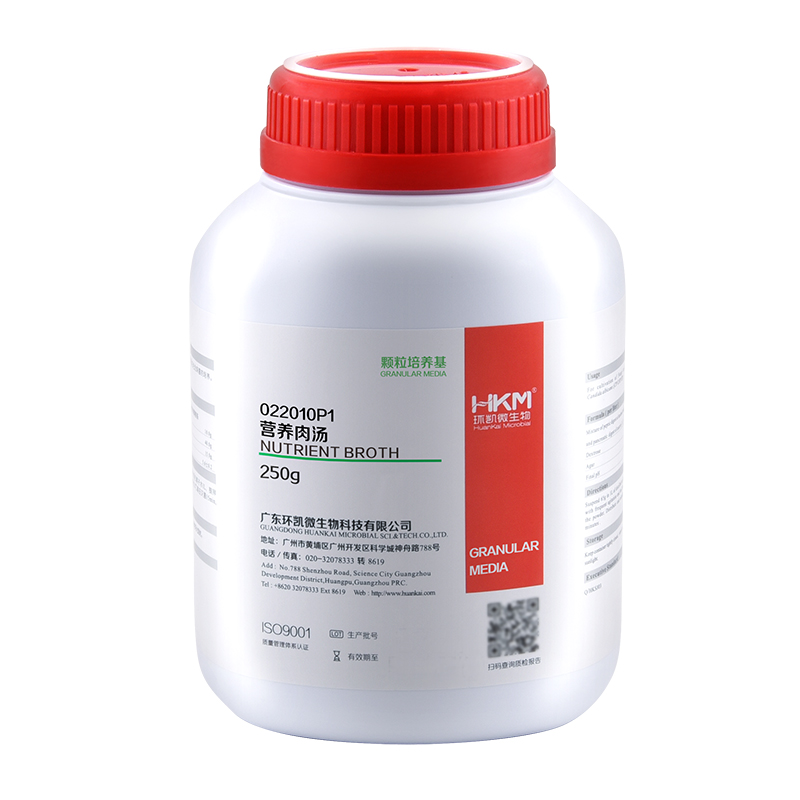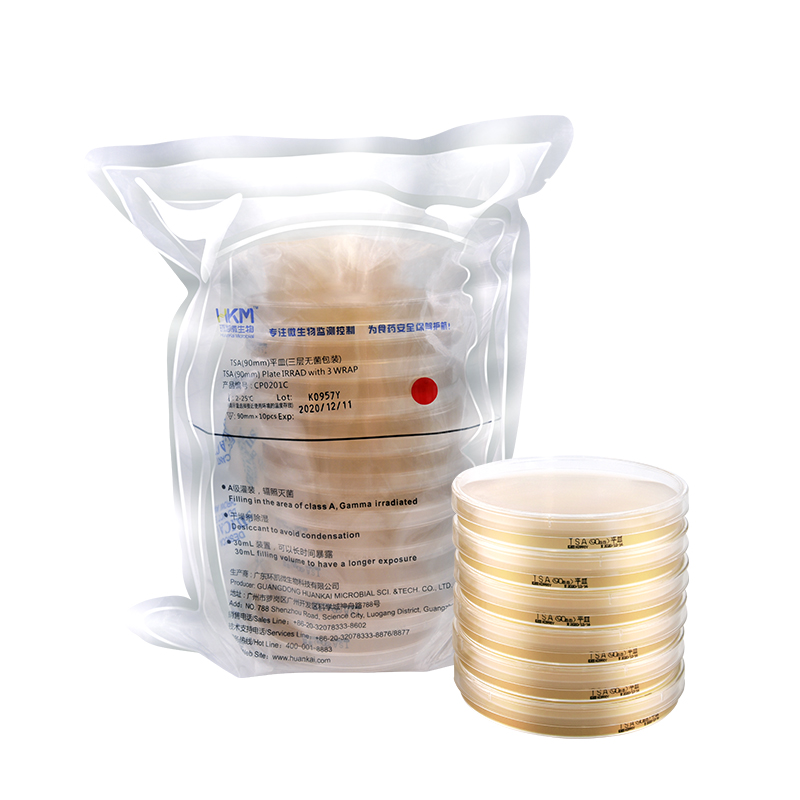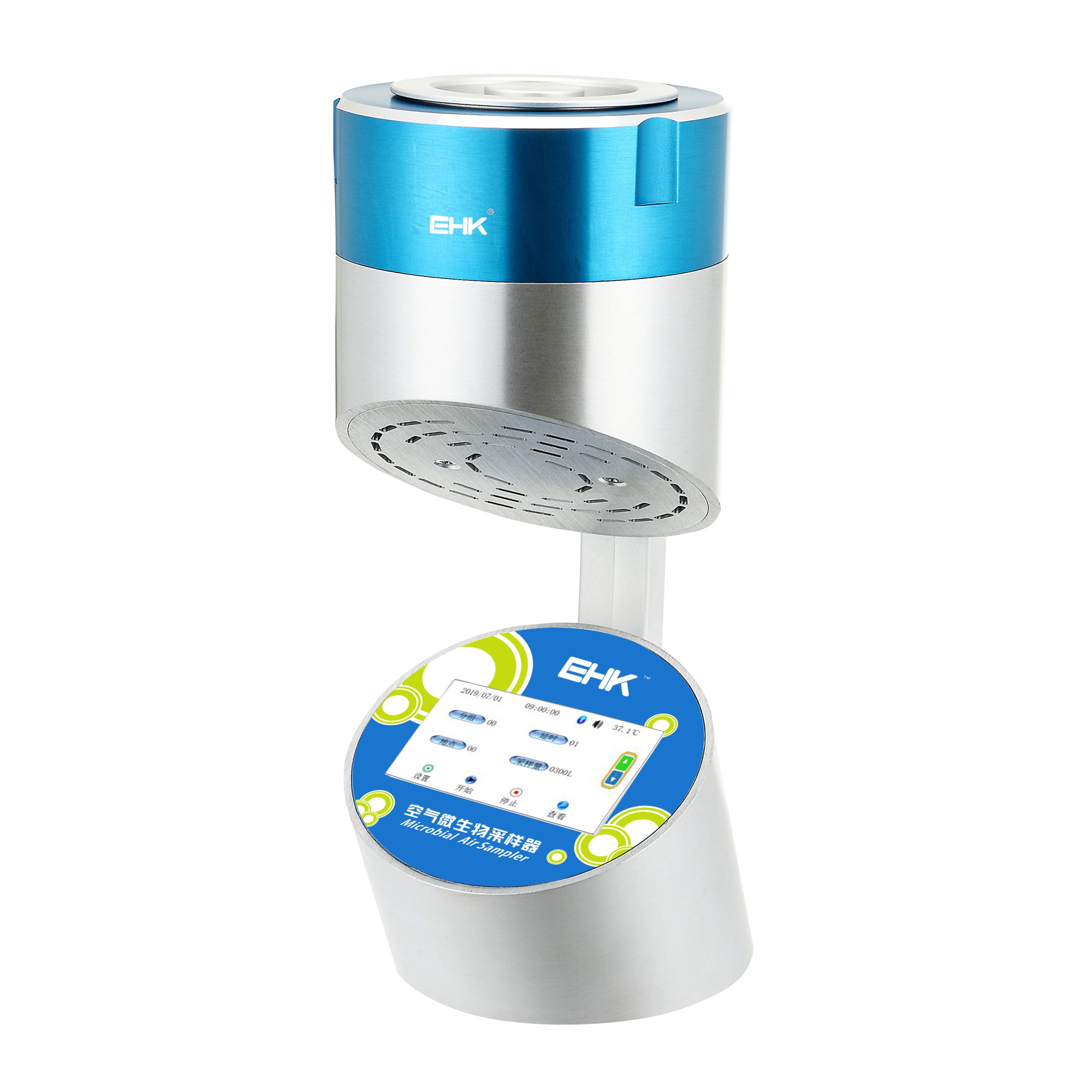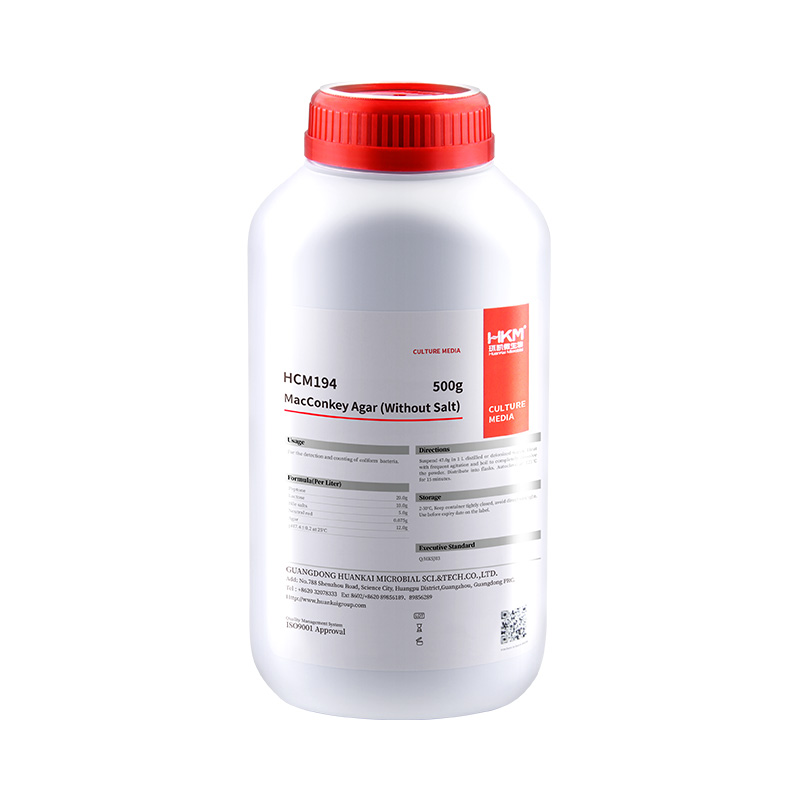HCM016 Hektoen Enteric Agar
$38-49
Intended Use For differential and selective isolation of Salmonella and Shigella species. Principle and Interpretation Specification 500g/bottle Bile salts, bromthymol blue and acid ……
Introduction
Intended Use
For differential and selective isolation of Salmonella and Shigella species.
Principle and Interpretation
Specification
500g/bottle
Bile salts, bromthymol blue and acid fuchsin inhibit the growth of most Gram positive organisms. Lactose, salicin and sucrose, serves as fermentable source of carbohydrates to encourage the growth and differentiation of enteric bacteria. Proteose peptone provides nitrogen, carbon, and amino acids required for organism growth. Yeast Extract is a vitamin source. Sodium chloride maintains the osmotic balance of the medium. Sodium thiosulfate provides a source of sulfur. Hektoen Enteric Agar can also detect the production of hydrogen sulfide gas, which turns parts of the medium black. Ferric ammonium citrate serves as iron source, which cause production of hydrogen sulfide from sodium thiosulphate and also aids in the visualization of hydrogen sulfide production by reacting with hydrogen sulfide gas to form a black precipitate.
Formulation
| Ingredients | /liter |
| Peptone | 12.0g |
| Yeast extract | 3.0g |
| Lactose | 12.0g |
| Sucrose | 12.0g |
| Salicin | 2.0g |
| Bile salts No.3 | 9.0g |
| Sodium chloride | 5.0g |
| Sodium thiosulfate | 5.0g |
| Ferric ammonium citrate | 1.5g |
| Acid fuchsin | 0.1g |
| Bromothymol blue | 0.065g |
| Agar | 14.0g |
| pH7.5±0.2 at 25°C | |
Preparation
Suspend 75.6 g in 1 L of distilled or deionized water. Heat with frequent agitation and boil to completely dissolve
Page 1 / 2
the powder. Do not autoclave. Cool to 50°C and pour into sterile petri dishes. Quality Control
Cultural characteristics observed after incubation at 35-37°C for 24 hours.
Storage and Shelf Life
2-30°C,Keep container tightly closed, avoid direct sunlight. Use before expiry date on the label.
Precautions
1. When weighing the dehydrated medium, please wear masks to avoid causing respiratory system discomfort 2. Keep container tightly closed after using to prevent clumping.
Waste Disposal
Microbiological contamination was disposed by autoclaving at 121°C for 30 minutes.
Revision
On June 14, 2024
References
FDA BAM Media M61
